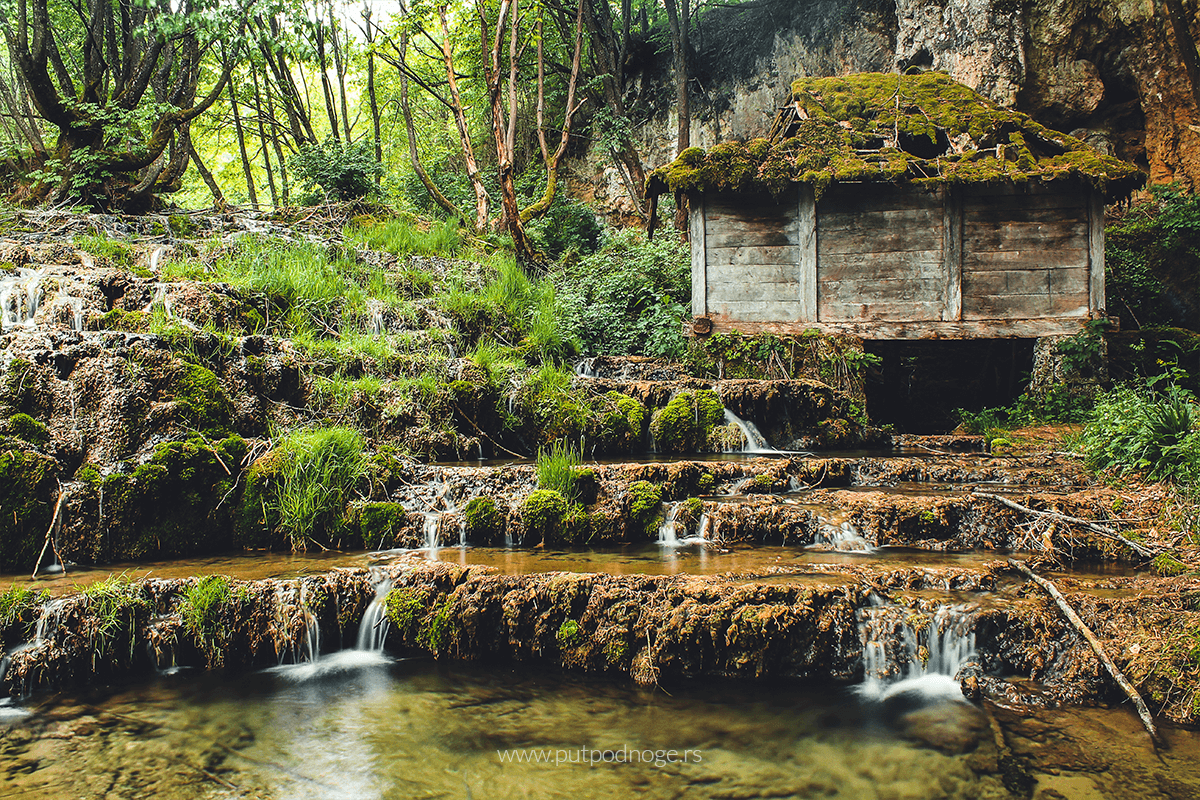
Discover Taorska Vrela – Hidden Waterfalls near Valjevo
The most remote parts of Serbia hide some of the best-kept secrets. One such place is Donji Taor, a scattered village nestled at the foot of Mount Povlen. People say the villages in this region are poor, but they seem rich in spirit, with proud inhabitants—we didn’t meet a single person we could describe otherwise. These villages, abundant in natural beauty and surrounded by picturesque landscapes, are part of the stunning Valjevo mountain region.
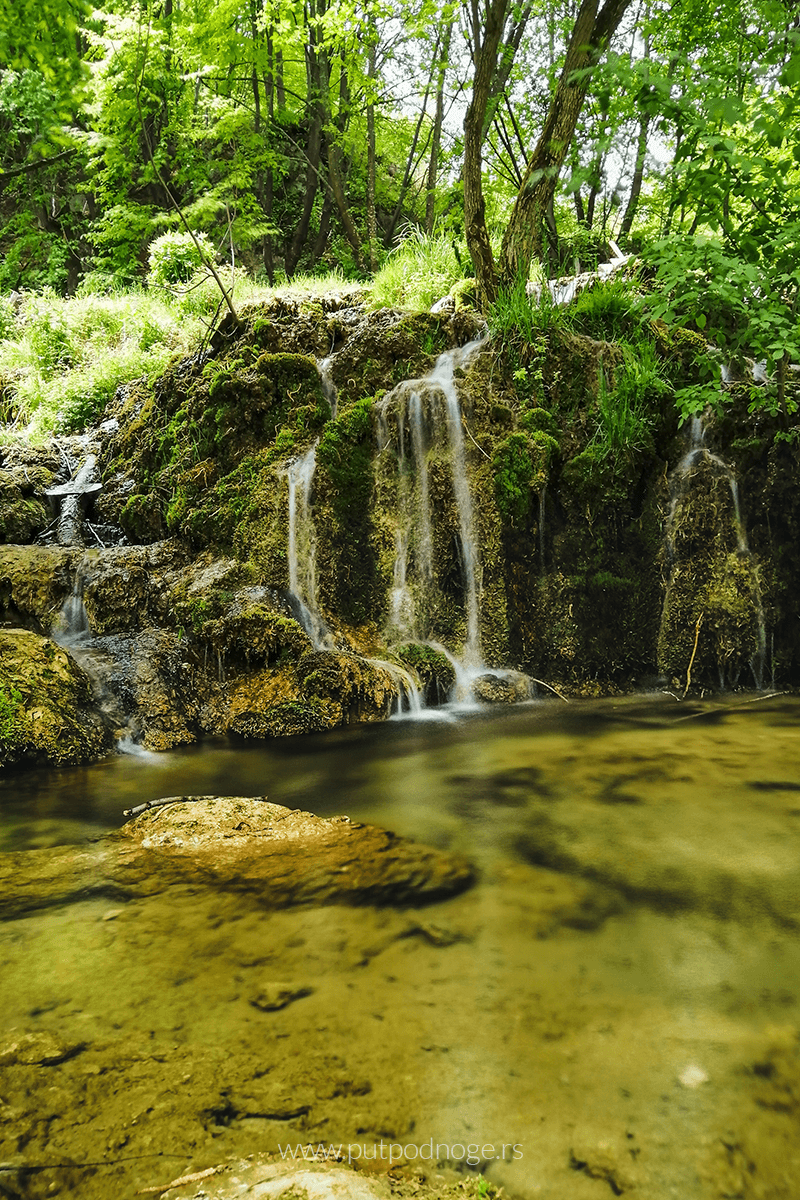
Once, this was a single village—the only one south of Valjevo. In the first half of the 19th century, no other settlements existed in this area. In the late 19th century, as people began settling on its fertile land at around 1,000 meters above sea level, Taor split into two villages: Gornji Taor (Upper Taor) and Donji Taor (Lower Taor).
At that time, region around Valjevo was famous for its watermills — there were 16 of them here during the reign of Prince Miloš, out of the 200 counted throughout Serbia. As the most significant production facilities of the time and key gathering places for the local population, watermills gained importance, leading to an increase in their number to 200 in this region alone, thanks to Prince Miloš’s support. By the late 19th century, this was a number Valjevo could take pride in. Today, however, not a single old watermill remains in operation. What we are left with are traces of their former glory and faded images of how they once looked. The remnants of these mills, now covered in moss and with wooden structures rotting under the weight of time, only hint at the past richness of this water-abundant region.
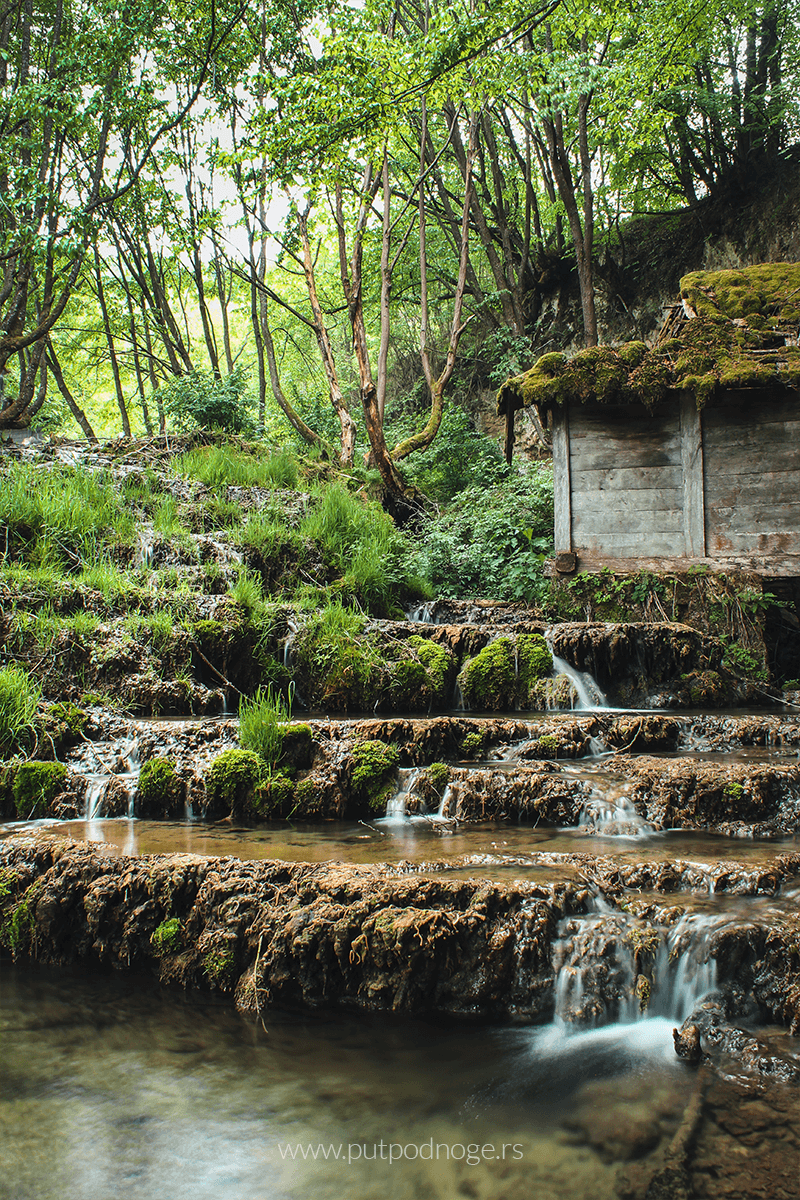
Isn’t the watermill a perfect invention? Built from wood and stone, powered solely by water, it stands among the rare human innovations that do not harm the environment. Such were the watermills at Taorska Vrela. Unlike others, they had no weirs, sluices, or dams—the water was directly channeled onto the mill wheels.
Sadly, the once-powerful sound of rushing water has almost completely faded. The springs that once gushed with water, cascading down waterfalls with a mighty roar that filled the valley, now live only in the memories of older villagers. Today, the water from Taorska Vrela supplies the water system of the town of Kosjerić, and due to poorly executed source tapping in 1978, the waterfalls have nearly dried up. The water level varies depending on the season—early spring and periods of heavy rainfall offer the best chances of seeing the springs in full flow, while in summer, the water nearly disappears.
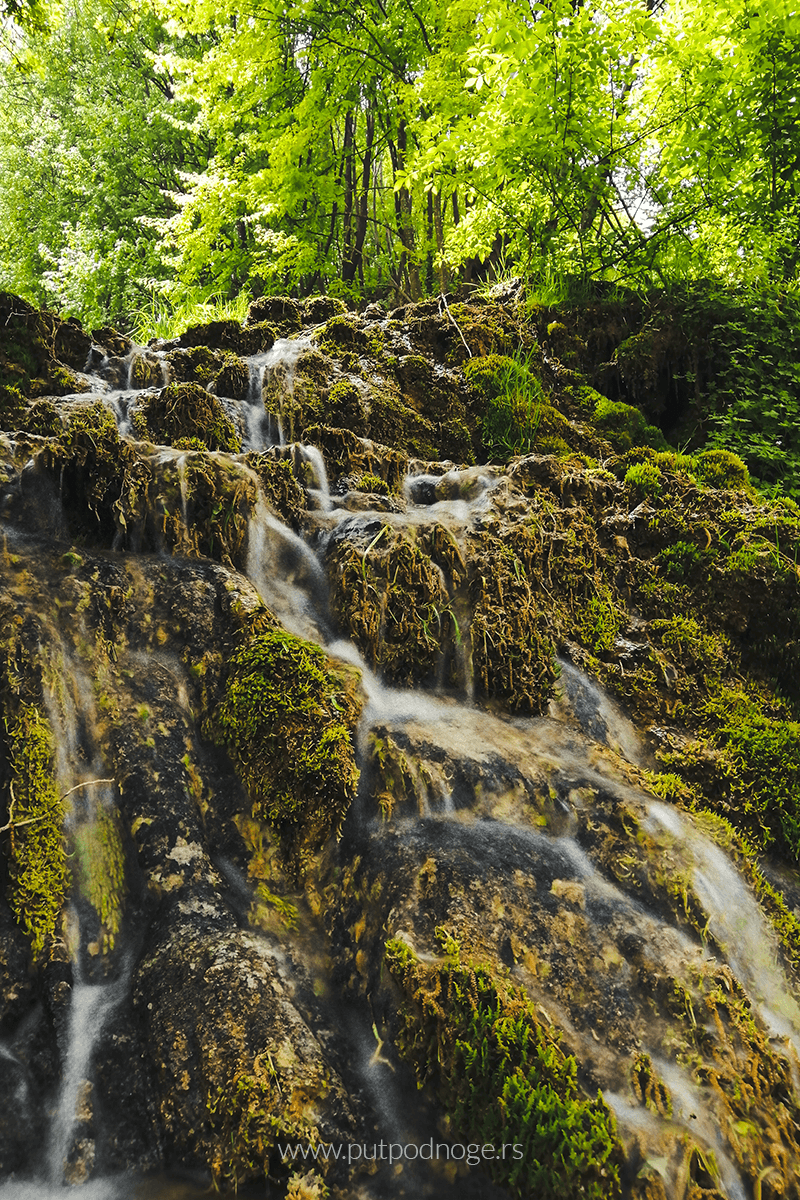
The springs emerge from a cave near the village of Donji Taor, flowing over travertine deposits that create stunning waterfalls. Eventually, the water joins the Skrapež River, a tributary of the West Morava. This network of springs, waterfalls, and old watermills, once an authentic example of traditional rural architecture, forms a unique complex protected by the state as a natural monument.
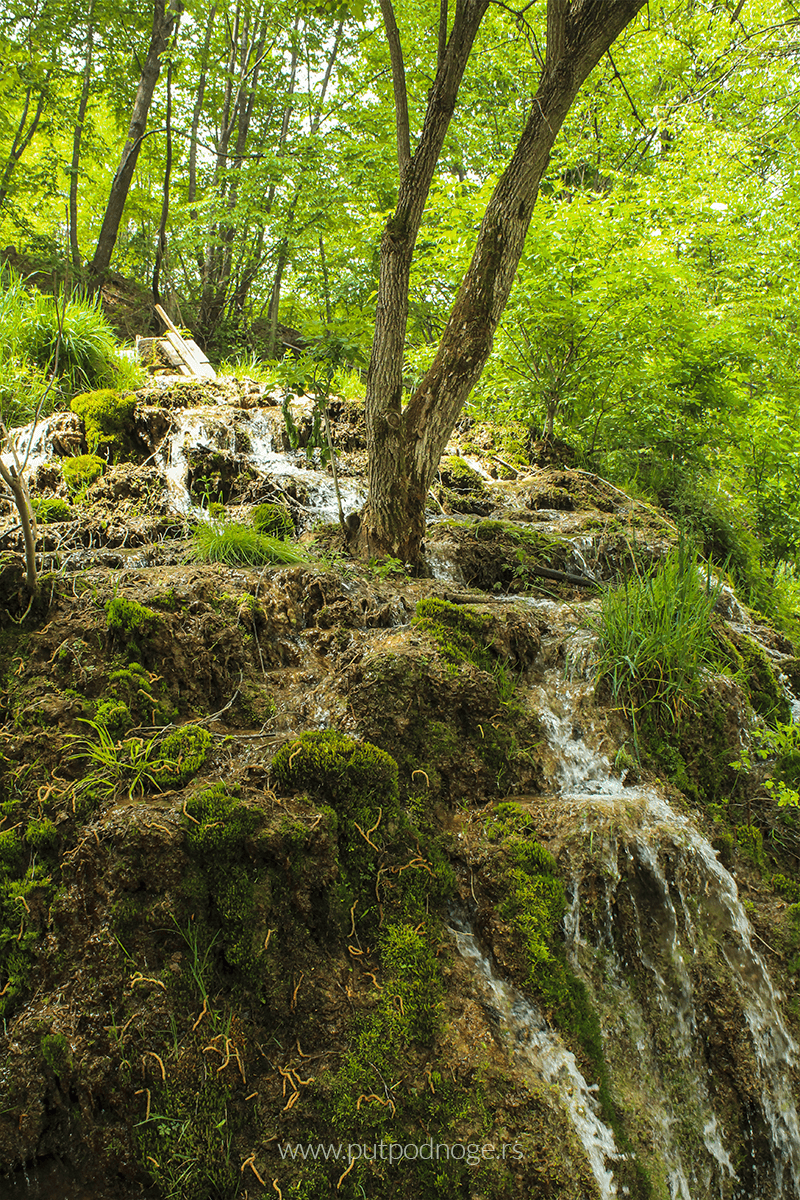
However, the fate of Taorska Vrela took a different turn. Despite its protected status, the site has suffered severe damage. Years of quarrying for travertine—a type of natural stone formed by water deposits in limestone—have caused significant destruction, completely devastating the last remaining waterfall.
The main spring bursts from a cave opening at the base of a limestone plateau. Its mineral-rich water has formed travertine terraces over time, creating waterfalls and cascades. The complex consists of the main spring, surrounded by a plateau with several smaller seasonal springs that appear only periodically.
Despite the damage inflicted upon this natural wonder, nature persists, offering a breathtaking sight that leaves no visitor indifferent. The moss-covered cascades, the soothing murmur of flowing water, and the untouched wilderness create a mesmerizing experience—one that will forever etch Taorska Vrela into your memory.
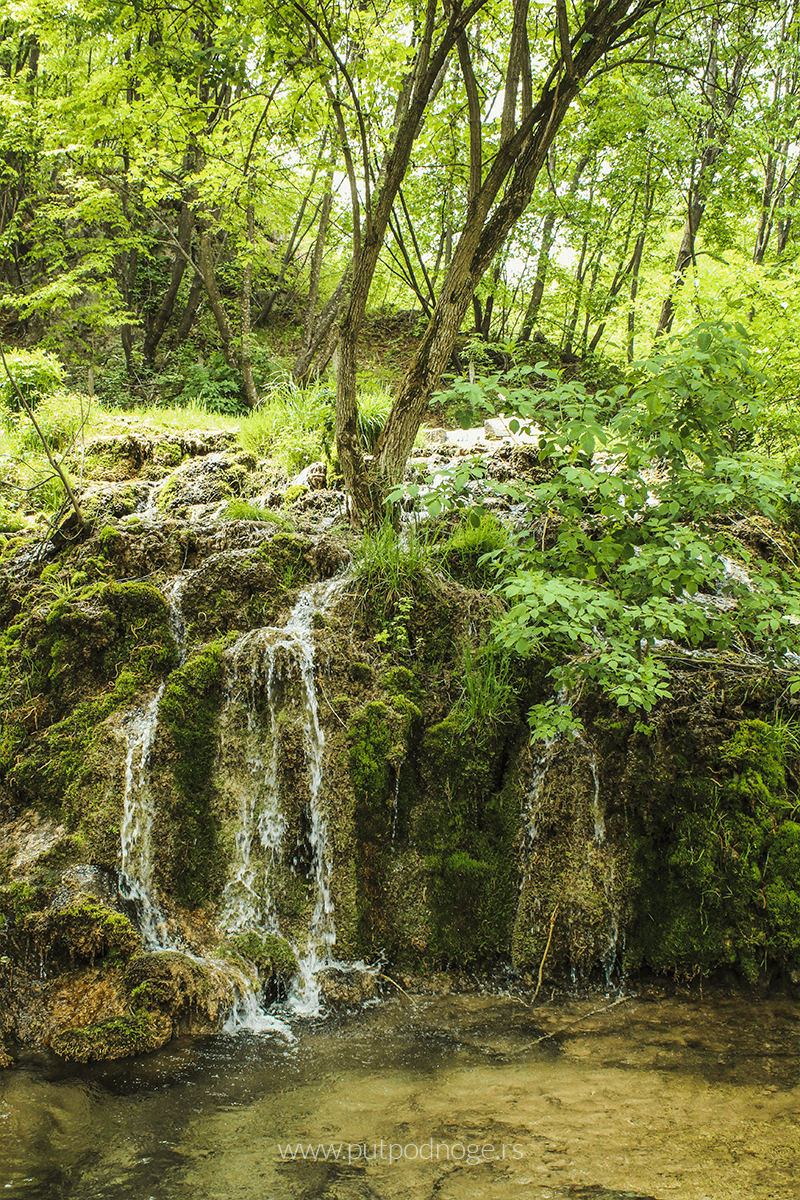
How to get there
Our journey started in Belgrade, following the A2 highway (Miloš Veliki) to the Lajkovac toll gate, from where we continued on the main road to Valjevo. From there, follow the signs for Lelić Monastery, which mark the route to the villages of Mravinjci, Makovište, and Taor. The paved road ends at the first village, giving way to a gravel path. Look out for road signs directing you toward Donji Taor and Taorska Vrela. At a junction where two gravel roads meet, take the left uphill road—about 7.5 km from this point, you’ll reach the springs.
We reached the Skrapež River bridge by car and then continued on foot to the springs.
For hiking enthusiasts, a scenic walking route leads to Taorska Vrela from the village of Makovište or from the junction mentioned earlier. Unfortunately, time was not on our side this time—we had two more locations planned for the day—so we drove as far as possible and walked only about 5–6 km in the area.
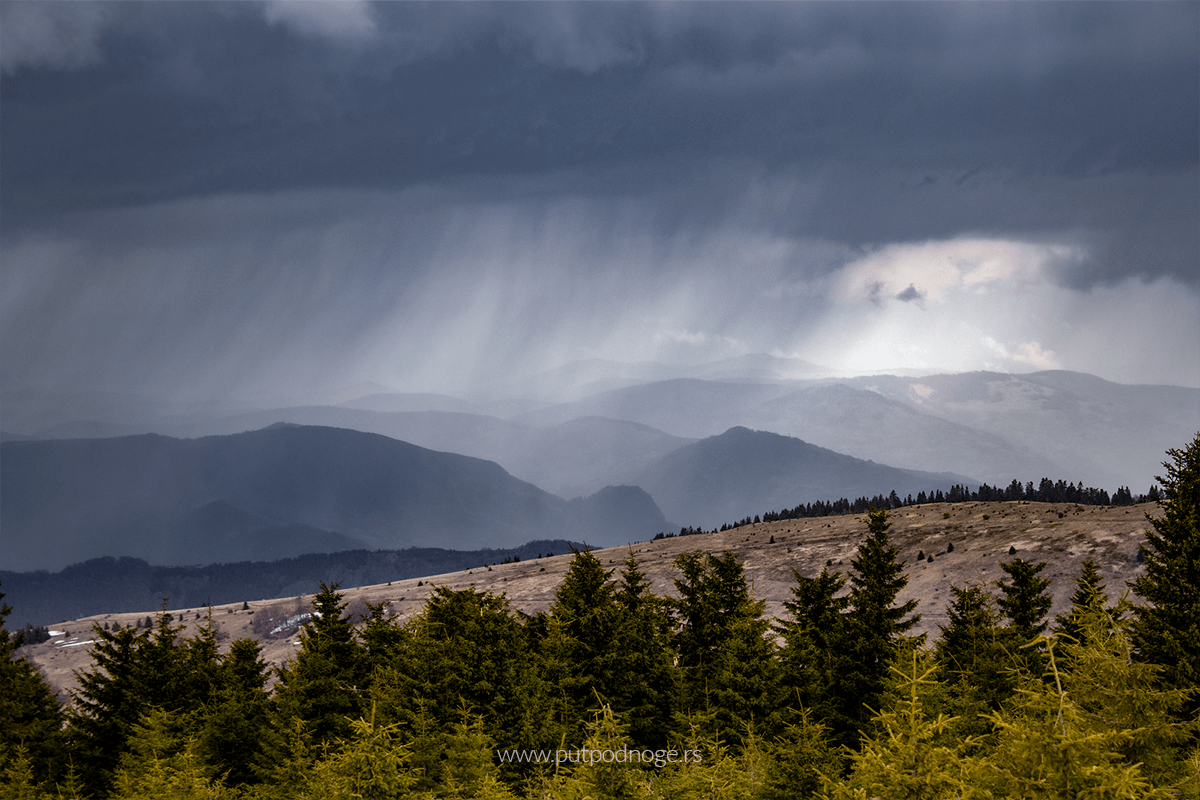
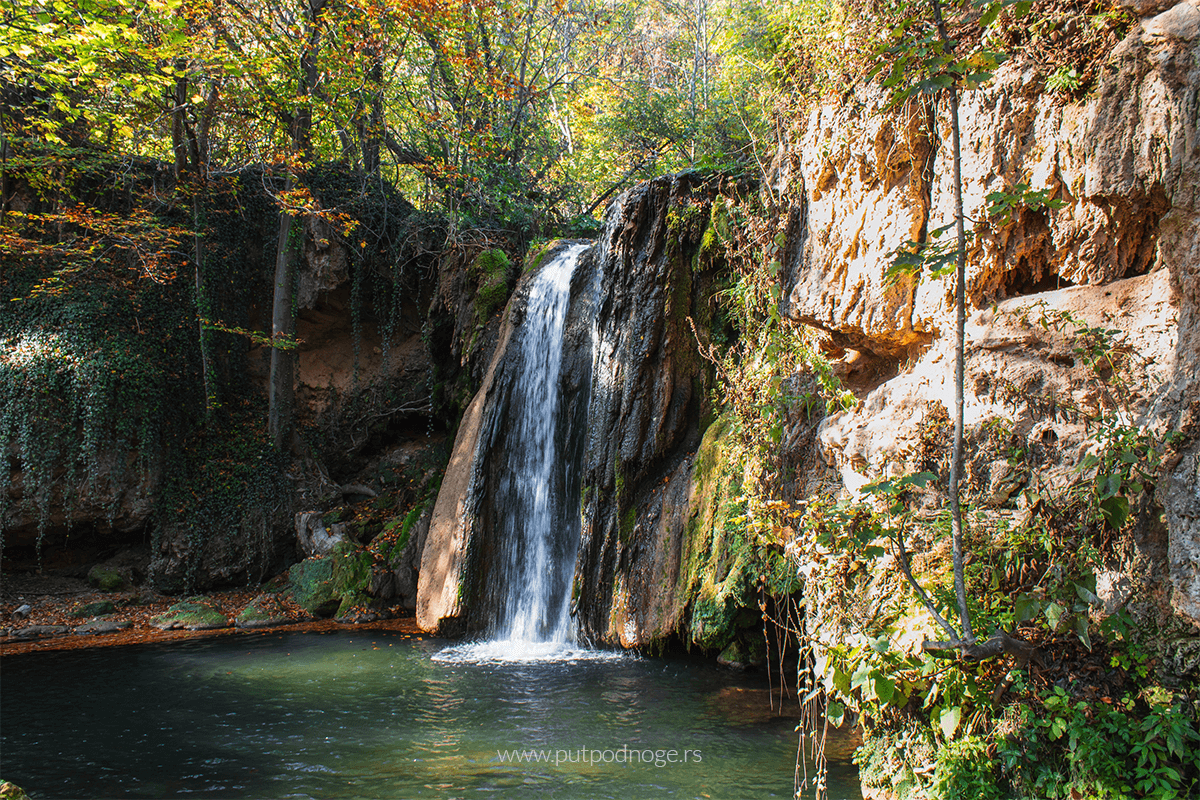
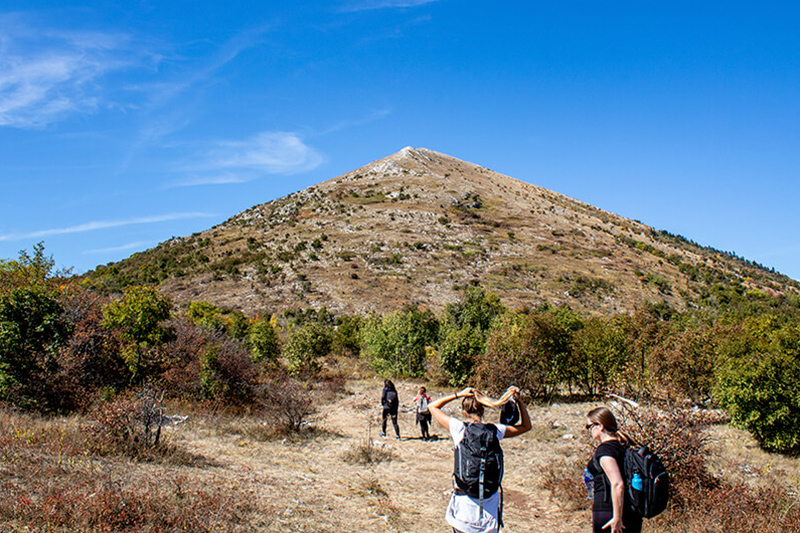
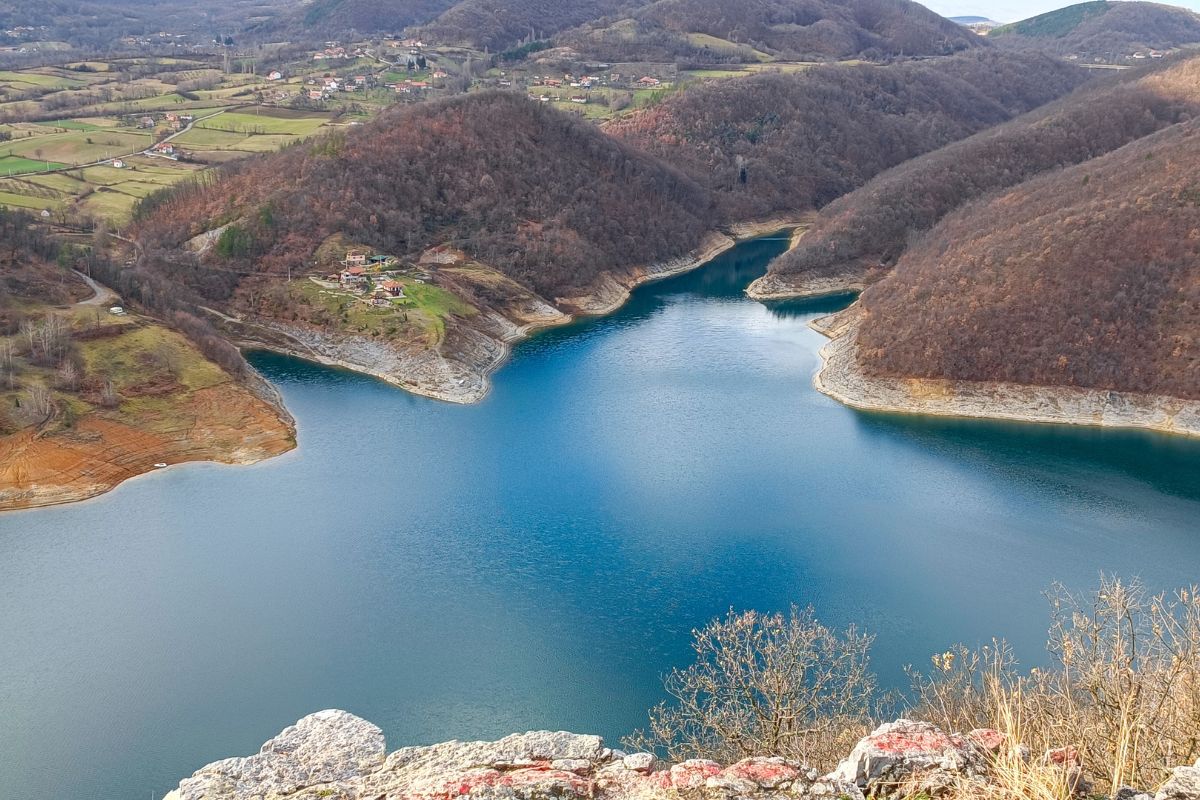
Leave a Reply